Nauru: the world’s smallest republic
Tuesday, 14th December 2010 by Kyle Kusch
Few countries on the planet are as isolated or as unique as the tropical South Pacific republic of Nauru. Even fewer are smaller - at just 22 sq km (8.1 sq mi), the Micronesian island nation is the world’s smallest republic.
The tiny country of 14,000 people was one of the world’s major sources of phosphate for most of the 20th century, bringing prosperity to such levels that Nauru briefly possessed the world’s highest per-capita income during the late 1960s and early 70s before the phosphate reserves were nearly exhausted. Dominating the centre of the island is the phosphate storage facility.
A short railway carts the phosphate down to the phosphate processing plant in Aiwo District, where the Nauru Phosphate Corporation operates two cantilevers for transferring phosphate to ships.
80% percent of Nauru’s land area has been stripped in the name of phosphate mining, leaving the interior of the island covered in jagged limestone pinnacles.
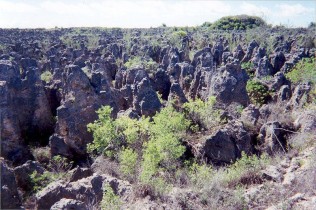 Courtesy: U.S. Department of Energy's Atmospheric Radiation Measurement Program.
Courtesy: U.S. Department of Energy's Atmospheric Radiation Measurement Program.
With the end of phosphate mining imminent, Nauru has had to turn to unorthodox methods of generating income. From 2001 to 2008, it rented out its national football stadium to Australia as a detention centre for political asylum seekers. The stadium/asylum still shows up on Google imagery:
The name ‘Nauru’ is derived from the Nauruan term meaning ‘I go to the beach’, and the best beach is located on the east shore at Anibare Bay. At the south end of the bay is the Meneñ Hotel, one of only two hotels on the island (and perhaps more importantly, the island’s only pub). On the west side of Nauru, lushly-vegetated Bunda Lagoon is the country’s only lake.
The only way in and out of Nauru other than by ocean-going ship is via the international airport in Yaren District, which juts out into the ocean on reclaimed land.
On the south side of the airport is where one can find the major government buildings of Nauru, including the parliament building. Nauru is the only independent country with no officially designated capital.
You can earn more about the world’s smallest republic (quite a lot more given how small Nauru is) at Wikipedia.
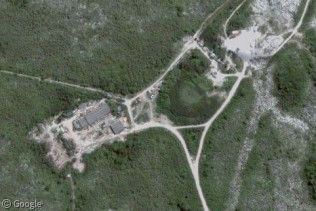
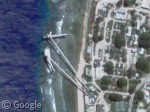
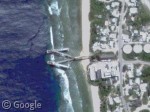
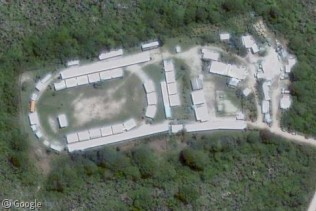
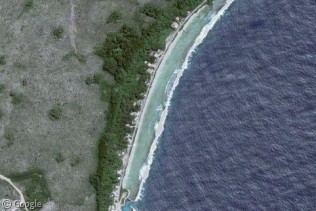
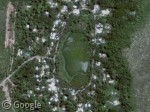
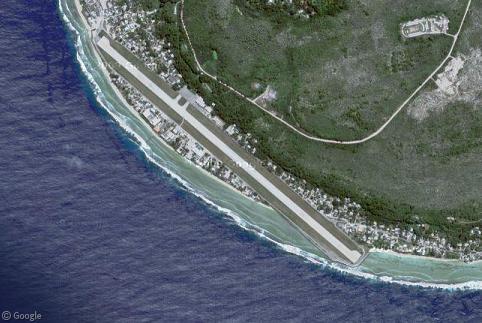
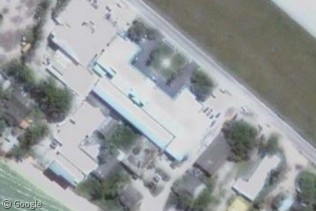
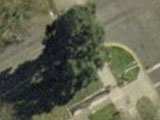
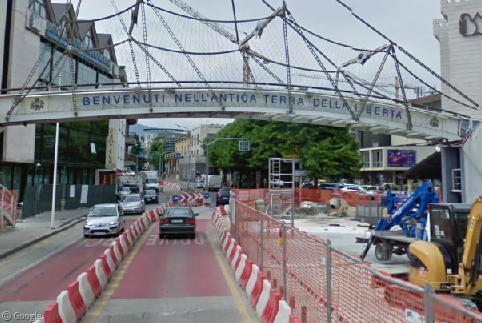
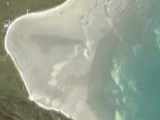
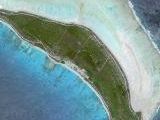
Vatican has no capital either.
Actually, Vatican City (as well as Singapore and Monaco) are city-states and thus are literally their own capitals.
I don’t think that Nauru is able to be country. Singapore and Vatican are different from Nauru. A country should have a enough resources to build it self. I’m not talking about natural resources, but human resources. Human resources is an economic resources.. For me, Nauru is just a small island in the middle of pacific without specialty.